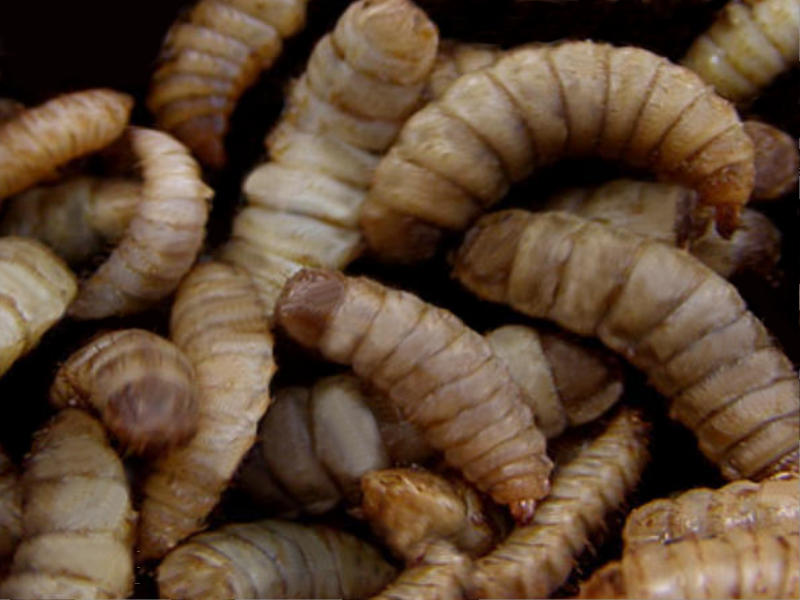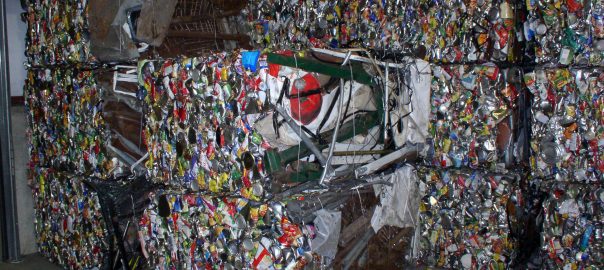What we waste has the potential to aid or severely harm us. As a species, we have the tendency to waste material resources at a scale that is unprecedented, especially plastics.
Many countries (mostly richer ones), live in a culture of excess or so called ‘throwaway culture’. The fashion industry as a whole doesn’t seem to even attempt to acknowledge this, probably not unlike the injustice of sweatshop labour in factories that produce their clothing. Similar to transparency in the garment industry, we need transparency on waste too.
But there are of course exceptions and likely many more are growing in response to planetary pressures. One of them is Sea Pigs based in Newcastle who make footwear designed to be recycled. I actually ran into their CEO once on Northumberland Street while giving a public survey on climate change, so thought it worth mentioning them.
Textiles as I learned at the Ending Waste event at Newcastle Helix, have a high carbon footprint, one that is easily ignored by consumers (I have many cloth bags too, just remember to use them for shopping at least 300 times). To really value materials, we need to move to something better – use less and do more with what we have.
A circular economy begins and ends with resource instead of waste, in fact, it doesn’t really end at all. It valorises products derived from natural resources that we otherwise throw away, and which inevitably clog the ecological systems we depend upon for survival. Cities throughout the world are doing more to embrace or at least help along mainly linear modes of material disposal and recycling, shaping them into circular ones.
As mentioned, circular economies provide the advantage of making waste a resource. While some level of materials will likely always go to waste, there is much work needed to minimise the amount of waste left by cycles of production and consumption. Plastics are an excellent example of a material resource that we cannot live without yet discard so carelessly as if it had zero value, when in fact the opposite is true.
Why do people throw away things so carelessly? At the very least surely they could prevent streams of litter from flooding the places they inhabit? The answer is likely more complicated than it appears. Not everyone is proud of the places where they live, and pollute as a result, while others actually work to clean them up. The myriad problems associated with waste are perhaps as much social and political as ecological and environmental.
However, despite all this we know there are solutions to waste. Methods and technologies that convert waste materials to resources exist more now than ever before. To make better use of them we need to valorise waste materials, making sure little if anything goes to waste.
Alternatives that are less linear and more circular do exist but they’ve yet to be connected together in way that makes economic sense. To prevent materials from being wasted we have to value them differently, it is as simple as that. You probably wouldn’t throw out a soft drink bottle if you knew its material value could be refunded. If plastics had fiscal value, they would be a source of revenue rather than a massive ecological catastrophe.
Cities are in a way experimental test beds for how to valorise wastes, mainly because most waste comes from cities and as urban populations grow rapidly, there will likely be much more of it. But cities are also doing more with what they waste.
In Newcastle, food waste stripped from municipal solid waste streams, and used to create a green compost, provides an opportunity to put organic matter back into the soil.
There is tremendous need for this because in most parts of the world our soils are in trouble and are a large contributor of greenhouse gas emissions. Soils lacking organic carbon are also more prone to surface flooding.
Here are a couple more solutions that could help people better manage the materials they needlessly waste, and transfer them to a circular economy instead.
Think circular bioeconomy

Plastics are made from hydrocarbons, mainly oil. But what if they came from organic living matter? Things that rot, ferment and digest? Graham Bonwick introduced how to accomplish this through bio-based plastic packaging.
Packaging makes up 40% of total plastics produced globally, which enter the land, sea and air, as well as the food web. According to Graham, we eat ‘about a credit card size of plastic every week’ as it is embedded in the food chain.
Water companies see microplastics as a major challenge because now there is no infrastructure in place to remove plastic from municipal water supplies. If you drink water from single use plastics like bottles, you’re also consuming plastic.
Ok, moving on. Any good news?
Yes, if you replace hydrocarbon plastics with bio-based ones it’s possible you could resource them in a range of different ways, such as including them with food waste in an anaerobic digester or reprocess them using bioreactors or fermenters. These facilities would not only break them down, but allow you to source new materials of equal or higher value that could go into new packaging or other products.
For some of the bio-based plastics it’s possible to process the materials using insect larvae which feed off from the plastics, and use the insects as a source of protein for feeding animals or even humans. An insect protein shake? Why not? After all, insects are a nutritious, low-carbon food source.
In a linear economy, you don’t have any species of insect or otherwise that can biodegrade plastics made from oil, bio-based plastics are ideal and more closely coupled to principles of nature: what is waste for one thing becomes food for another in the great cycle of life.
We’re still stuck with collecting and processing wastes that have no circular lifespan in mind. They may have a label on them noting that they can be recycled, but in practice it’s not that simple. How do we make it better? Catherine Lyons from Newcastle City Council explained how to do it although not without a little work from each of us, or at least ‘90% of us recycling 90% of the time’, a tall order for even the most well-meaning folks.
Waste to energy
Municipal Solid Waste (MSW) has a wide range of uses for energy whether used in an incinerator for generating heat or placed in an anaerobic digestion (AD) plant, after being separated using an autoclave system. These options are both attractive, but are also not without disadvantage as well.
Autoclaving is not exactly cheap and incinerating wastes is not without some level of environmental pollution, whether through emissions or the production of unwanted compounds like dioxins. So how else could we do it? Plastic materials actually have a significant amount of energy locked in them, especially if you add all of the world’s waste plastics together. Anybody want to give it a go?
Instead of burning them or trying to convert them into a hydrocarbon fuel, which is still polluting if burned, it may be better to convert them into useful chemicals and energy directly. A technique for this developed by Dr Anh Phan at Newcastle using cold plasma pyrolysis, could be one of the missing pieces of the puzzle for circular economy of plastics. I write more about it here and Anh does in this article for The Conversation.
We have solutions for converting wastes to resources at our fingertips, but until we have a real circular economy that values them, they will simply go to waste.
